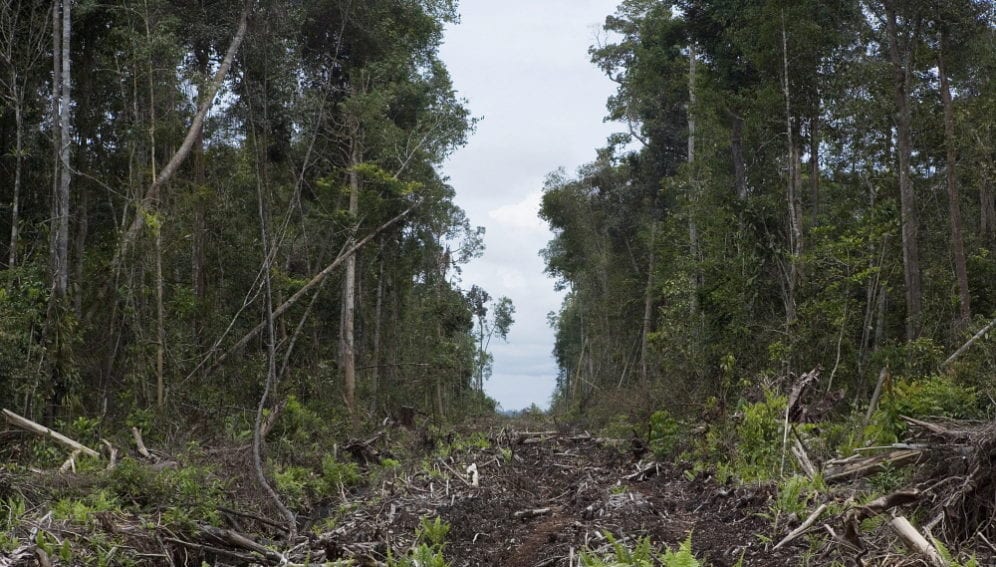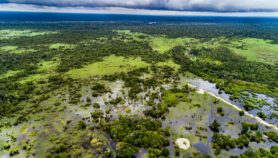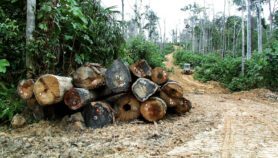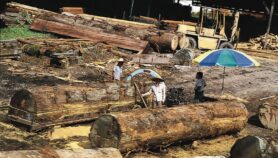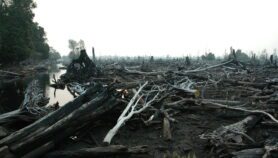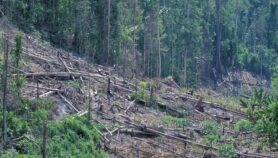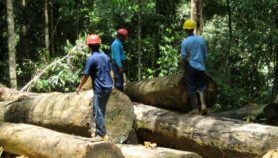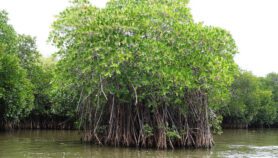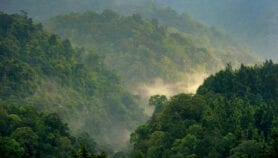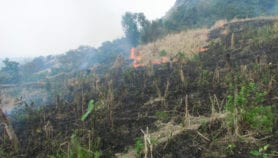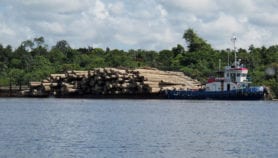By: Zoraida Portillo
Send to a friend
The details you provide on this page will not be used to send unsolicited email, and will not be sold to a 3rd party. See privacy policy.
[LIMA] Deforestation and carbon emission rates are being reduced dramatically in areas managed by indigenous peoples and local communities with fully protected legal rights to forests.
This strategy, however, is not being harnessed by government policies dealing with climate change, according to a report co-authored by the World Resources Institute (WRI) and the Rights and Resources Initiative (RRI), both of which are non-profit organisations involved in development and environment issues.
The report, released last 24 July in Washington DC, United States, quantified the amount of carbon stored in forests managed by traditional and indigenous communities in 14 nations in Africa, Asia and Latin America.
According to the report, an estimated 37.7 billion tonnes of carbon stock are held in 513 million hectares of government-recognised community forests — equivalent to 29 times the annual emissions from all passenger vehicles in the world.
“It’s an approach to climate action that should be right up there with REDD+ (reducing emissions from deforestation and forest degradation),” said Andrew Steer, WRI president, during a teleconference launching the report.
Using high-resolution mapping data, the study found that the deforestation rate in protected indigenous community forests in the Brazilian Amazon was less than one per cent from 2000 to 2012, compared with seven per cent outside these areas. The deforestation rate outside indigenous community forests produced 27 times more carbon dioxide emissions in the same period.
The study noted that when indigenous communities have no or weak legal rights, the forests they live in tend to be more vulnerable to destruction and become a high source of carbon dioxide emissions.
In Indonesia, out of 42 million hectares of community forests, only one million hectares are legally recognised by the government. Oil palm concessions now cover 59 per cent of community forests in West Kalimantan. While Indonesia boasts the sixth highest above-ground biomass in the world, it has become the world’s second largest carbon emitter mainly because of extensive deforestation.
The report further noted that recognition of indigenous forest rights is not enough when governments act in ways that undermine them. Prime examples are Papua New Guinea and Peru where oil palm, mining and other types of concessions overlap with indigenous lands.
“Many governments don’t want to talk with their citizens, least of all with indigenous peoples,” Andy White, RRI coordinator, tells SciDev.Net.
“I think the best strategy is to show the positive achievements of some governments in contrast to those that do not protect the rights of indigenous communities”, White suggests. He adds that the private sector should be included in defining a strategy, “because all governments pay attention to it”.
The report recommends recognising and protecting the legal forest rights of indigenous peoples and local communities; providing training and technical assistance to improve sustainable forest use; engaging communities in decision-making on investments affecting their forest lands; and compensating communities for the benefits they produce in sustainably managing their forests.
Louis Verchot, director of forests and environment research at the Indonesia-based Center for International Forestry Research (CIFOR), tells SciDev.Net that these recommendations provide “a road map for achieving deforestation reductions for national governments while the report as a whole provides evidence and support for coalitions that are trying to bring about change.”
But he notes the presence of “powerful interests aligned to keep communities disempowered”. He says: “Experience in Indonesia and Latin America has shown that elites still capture resources when power is transferred down the administrative ladder.”
Verchot says CIFOR researches show that when decentralisation does not involve transferring some of the rights and responsibilities for decision-making over forest resources, “communities do not benefit, livelihoods are not enhanced and elite capture of rents continues”.
This article has been produced by SciDev.Net's South-East Asia & Pacific desk from the original Spanish article by the Latin America & Caribbean desk


